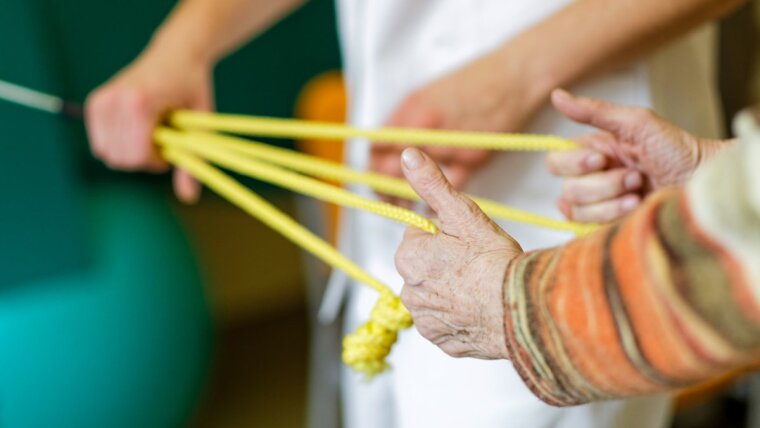
The increasing percentage of older people in the population leads to qualitative and quantitative changes in health requirements. The increase in the average age causes an increased prevalence of diseases and functional limitations, e.g., neurodegeneration, kidney failure, or the development of tumors. Despite intensive research, there are still no drugs that can cure many of these diseases. Therapies or at least the amelioration of associated symptoms, particularly regarding senior care, are a future problem of significant macroeconomic relevance.
Simultaneously, the symptomatology of diseases changes compared to the same disease in middle age: the disease course is prolonged and, recovery is delayed. Chronic illnesses are more frequent and progressively worsen. An additional factor is the so-called multi-morbidity, the fact that older patients often suffer from confounding diseases on top of the underlying disease. This fact impedes the correct diagnosis and treatment of the underlying disease.
Overall, there is an urgent need to improve the health care of older patients. The goals are for one a catalog of therapeutic measures, which ameliorate the negative consequences of the aging process; and for another, the development of safe and efficacious drugs, which can be used for the prevention and causative treatment of age-associated diseases and functional impairments and are specifically tailored to the physical constitution of older people.